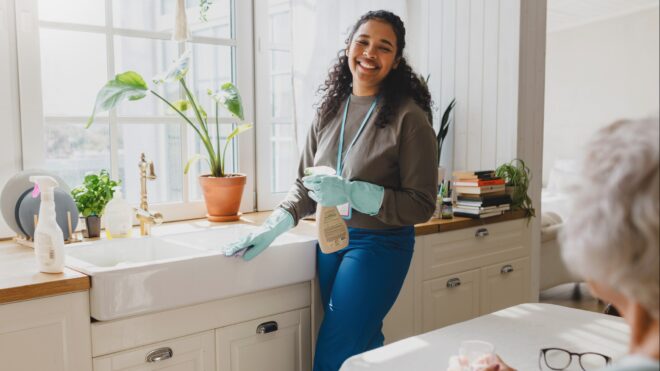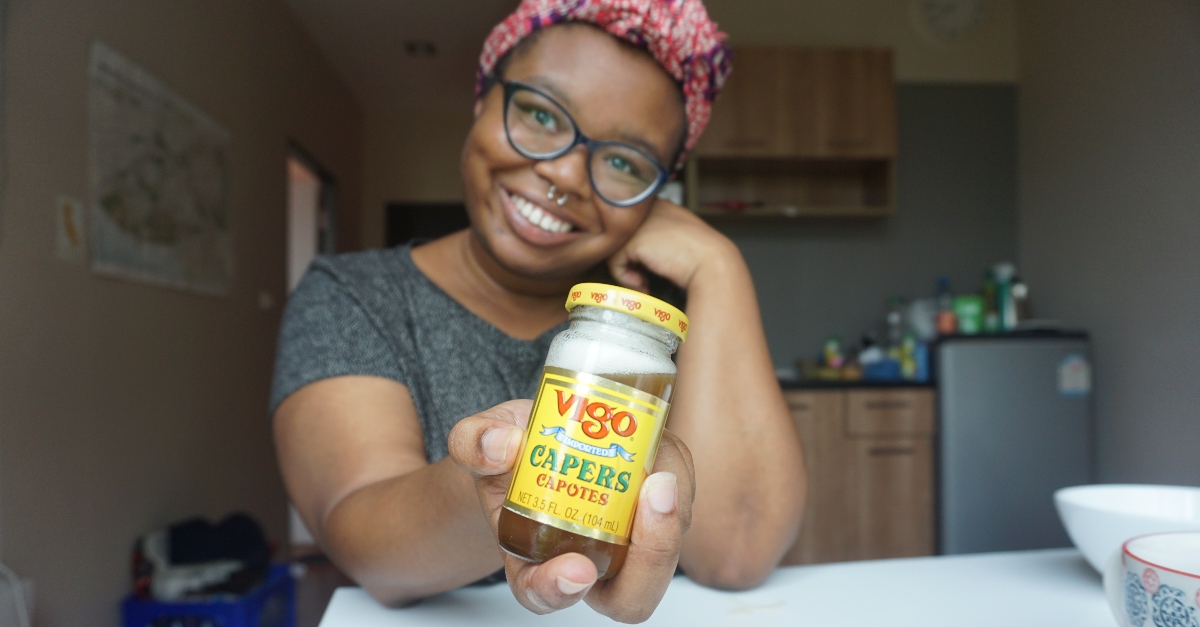
Confession time: Beyond the everyday basics of personal hygiene, I’ve never been one for more advanced and intricate forms of female maintenance, especially if a series of steps are involved. Sure, I like to look, smell, and feel my best, but a 10-step Korean skin care routine girl, I am not. Nevertheless, as I stroll further along in my 30s, I’ve begun to think more about better ways to take care of myself, inside and out.
I’ve always been enraptured with the idea of arts, crafts, and DIY projects, but I would often psyche myself out with how “difficult” it would be for me to learn or create something from scratch. I was just afraid of trying something new, and likely a bit lazy as well. Can you blame me, though? A quick search for facial cleansers on an online beauty store yields some 297 results. Why reinvent the wheel when there are so many options already out there, and picking up a bottle of cleanser is as easy as perusing your local drugstore?
In an effort to stop the excuses — and turn over a new, more holistic leaf — I decided that creating my own DIY, zero-waste skin care routine is a perfect way for me to support sustainability and my health and wellness at the same time. As previously mentioned, I take very little pleasure in traditional grooming techniques, but making my own skin care products seems like a fun, safe, and easy way to get myself into the groove of creating something with my own two hands. First up: a honey lavender face wash.
Why Go DIY?

There are many practical reasons for choosing to forgo traditional store-bought products.
You Know What’s in It. Conventional body products are chock full of preservatives and chemicals, including some that have been linked to an assortment of health problems.
Customization Options Abound. Skin is the largest organ in the human body, keeping our insides together, literally, while also protecting us from harmful elements in the air and environment. Taking control of your skin routine in a hands-on way means you can create the kind of products you’ve always dreamed of or at least something made especially with your unique body chemistry in mind.
You Keep Costs Low. Cosmetics are hardly one-off products, and costs can pile up quickly, especially over a lifetime. Going it on your own, you can buy many ingredients in bulk, slashing costs in the long run.
Nature Reigns Supreme. There’s a reason so many cosmetic brands brag about natural ingredients in their products: jojoba oil, vitamin E extract, lemon, lavender — the list is endless really. Pure ingredients can be especially good for people with skin allergies or sensitivities. Kelly C. Nelson, MD, of Duke University School of Medicine in North Carolina tells Everyday Health that organic or natural products are a good choice for people looking to avoid preservatives, fragrances, or excess packing.
It’s Fun, Duh! Nothing gets the creative juices flowing like making something on your own.
Prep Time!
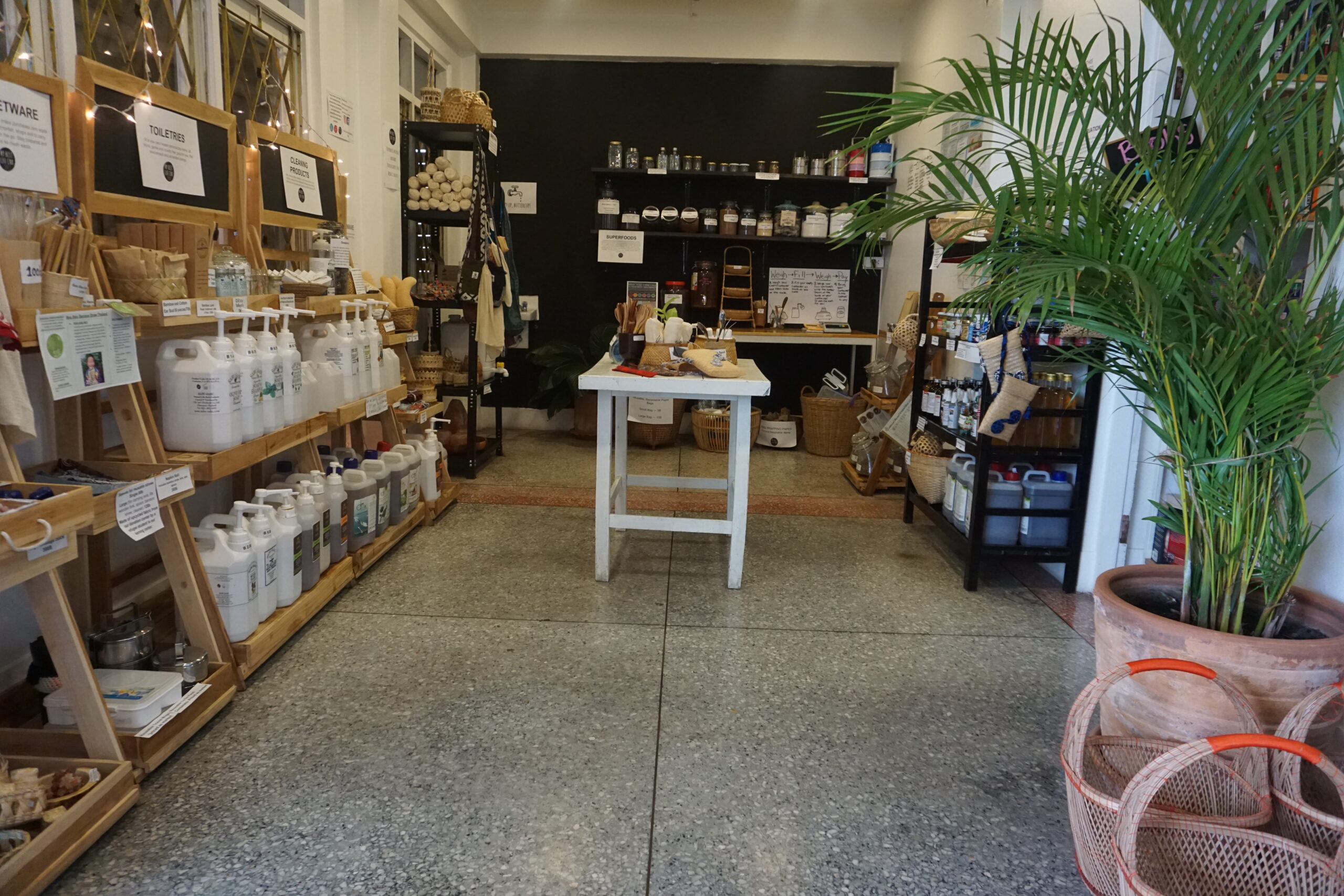
Despite this being a three- or four-ingredient recipe, I had, like, one element readily on hand. So after a quick internet search, I headed off to My Best Life CX, the first and only zero-waste shop in Chiang Mai, Thailand.

With most things sold in bulk, zero-waste shops are revolutionizing the way we shop and consume products. Stores like this are forcing the culture to slow up on our cycling through of plastic, paper, and other packaged materials that are bogging down the earth.

In true rookie form, I showed up in the shop without my own reusable containers to put things in. Luckily, the store sells biodegradable containers, and there is a bin of free recycled jars and containers.
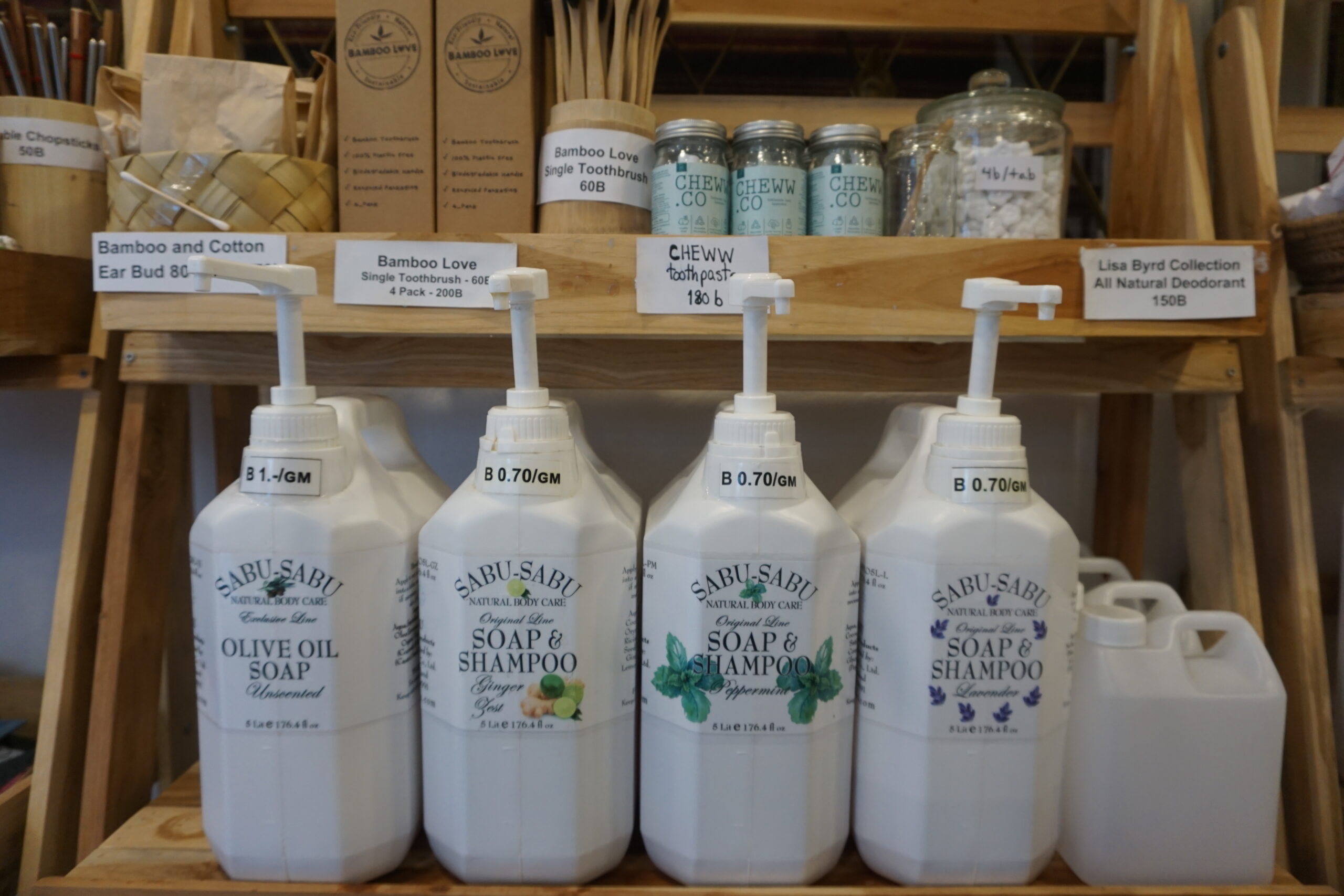
Initially I anticipated being in and out in a matter of minutes. Instead, I went into full anxiety mode, immediately overwhelmed by the number of choices available to me, particularly in the soap department.
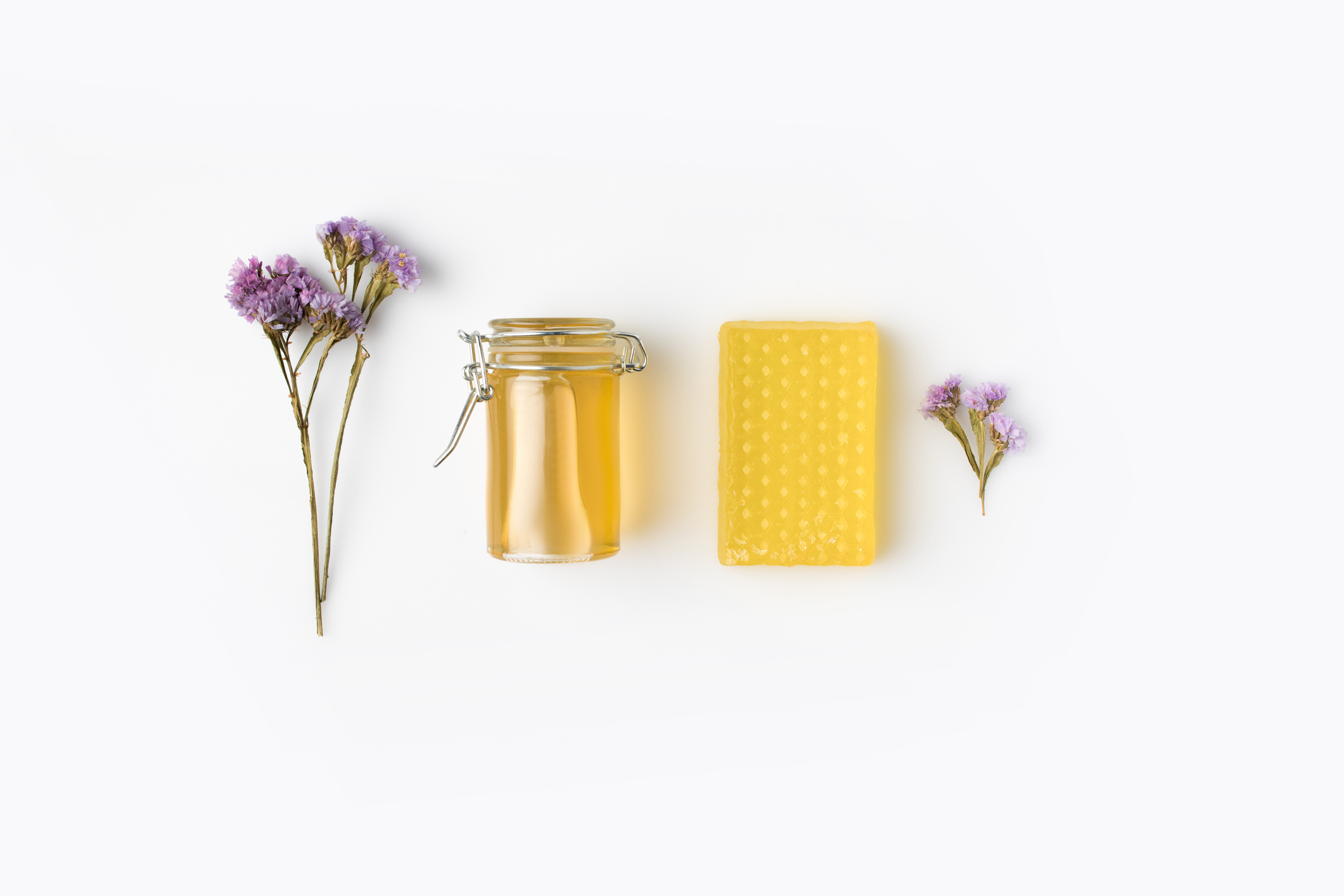
Initially, I wanted pure Castile soap, but all the options were infused with herbs like rosemary. As I stood in the shop having an existential crisis over the pros and cons of infused versus pure soap, I reminded myself the beauty of creating my own stuff: I can do whatever I want, within reason.

Creating a slightly modified version of this recipe, I decided on the lavender for its relaxing, healing properties and made my way to a local import grocery store to pick up some honey.
The Ingredients

Here are the four ingredients I used to make my facial cleanser:
- 1/3 cup honey (the rawer the better<span style="font-weight: 400;">; I used the regular stuff, though)
- 1/3 cup Castile soap
- 3 tbsps. boiled distilled water
- 1 tsp. nourishing oil (I used olive oil, though avocado, jojoba, coconut, and almond will also work)
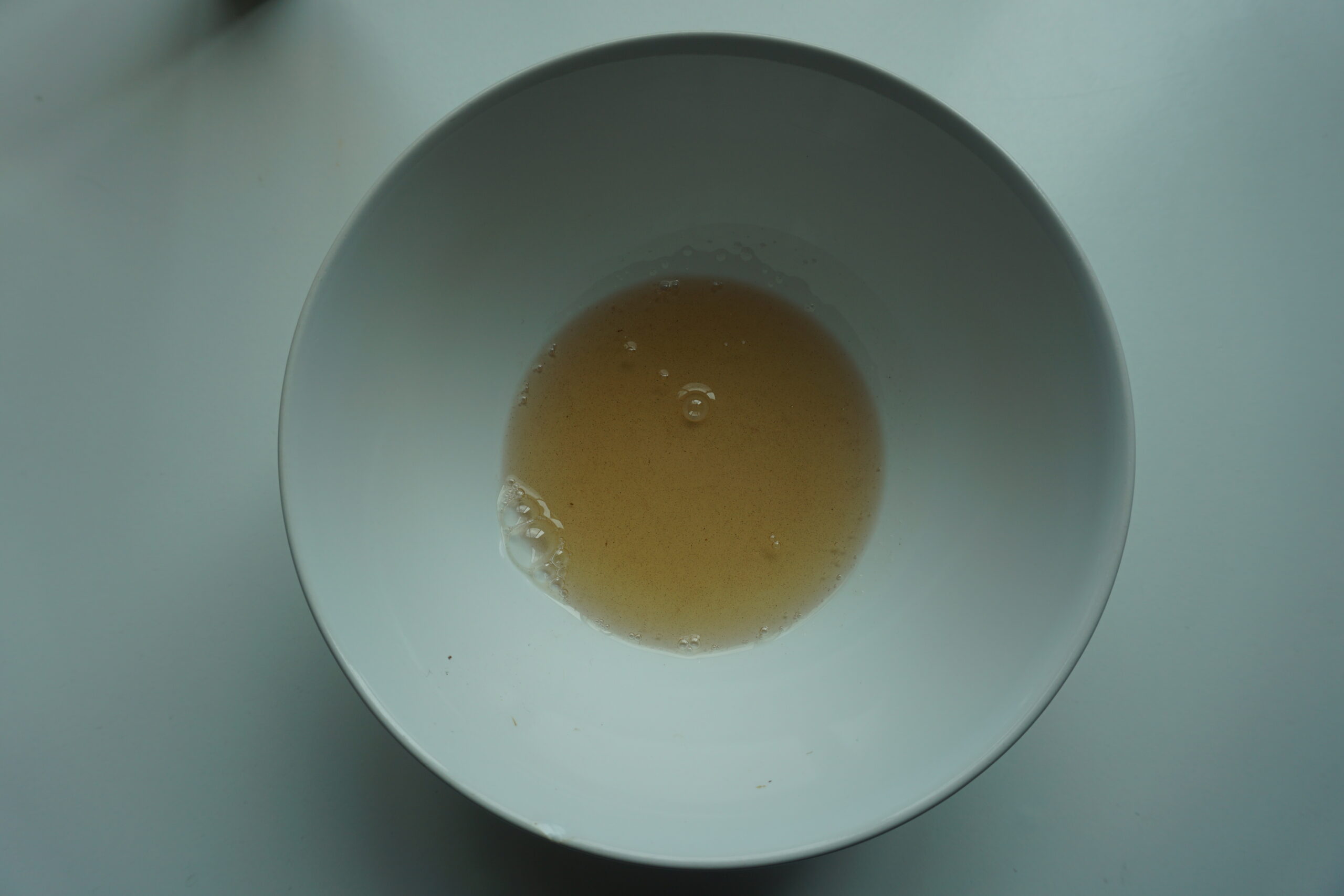
In a big soup cup, I tossed together all the ingredients and mixed well. The result was a sweet-smelling lavender soap concoction that was a light golden color. I poured my mixture into a 3-ounce recycled jar, giving it a shake for good measure.
How Does It Feel?
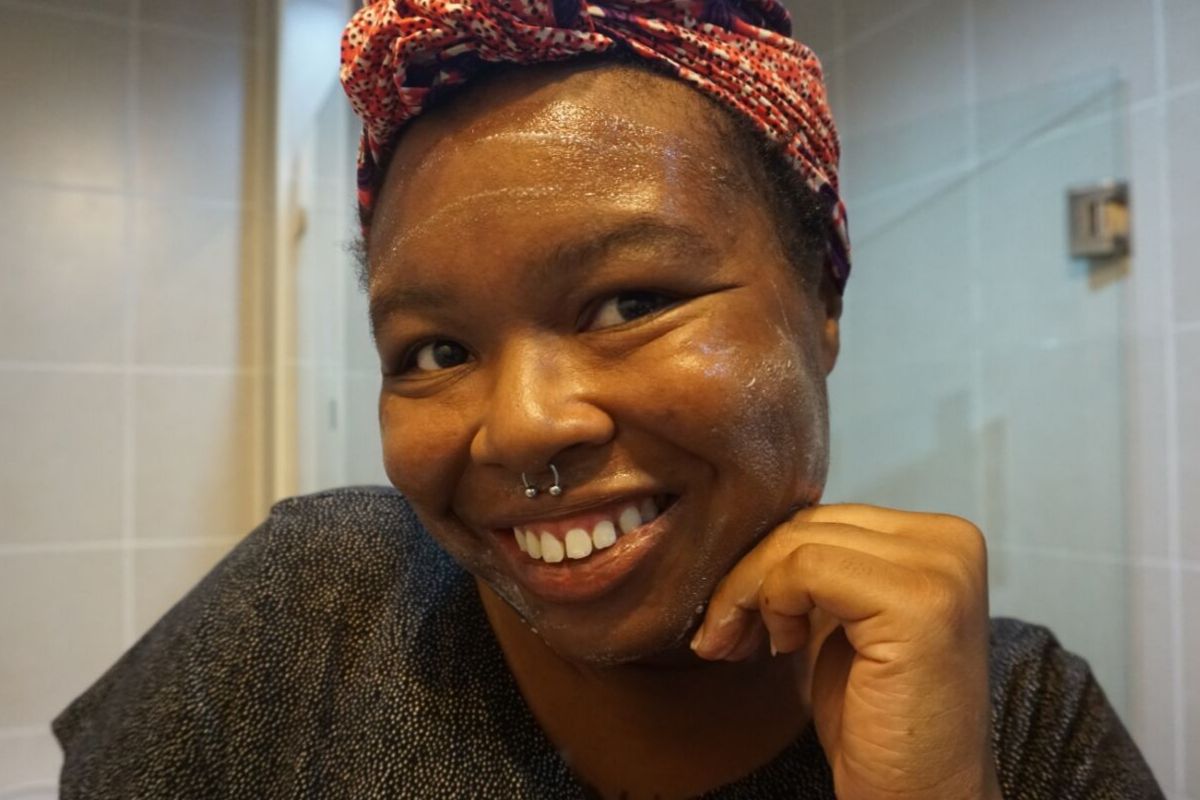
Consistency wise, my facial wash felt like a thin, yet creamy soap. It managed to work up a decent lather, even though the suds factor was on the lighter side. My skin felt nice, smooth, and calm as I washed and dried off my face.
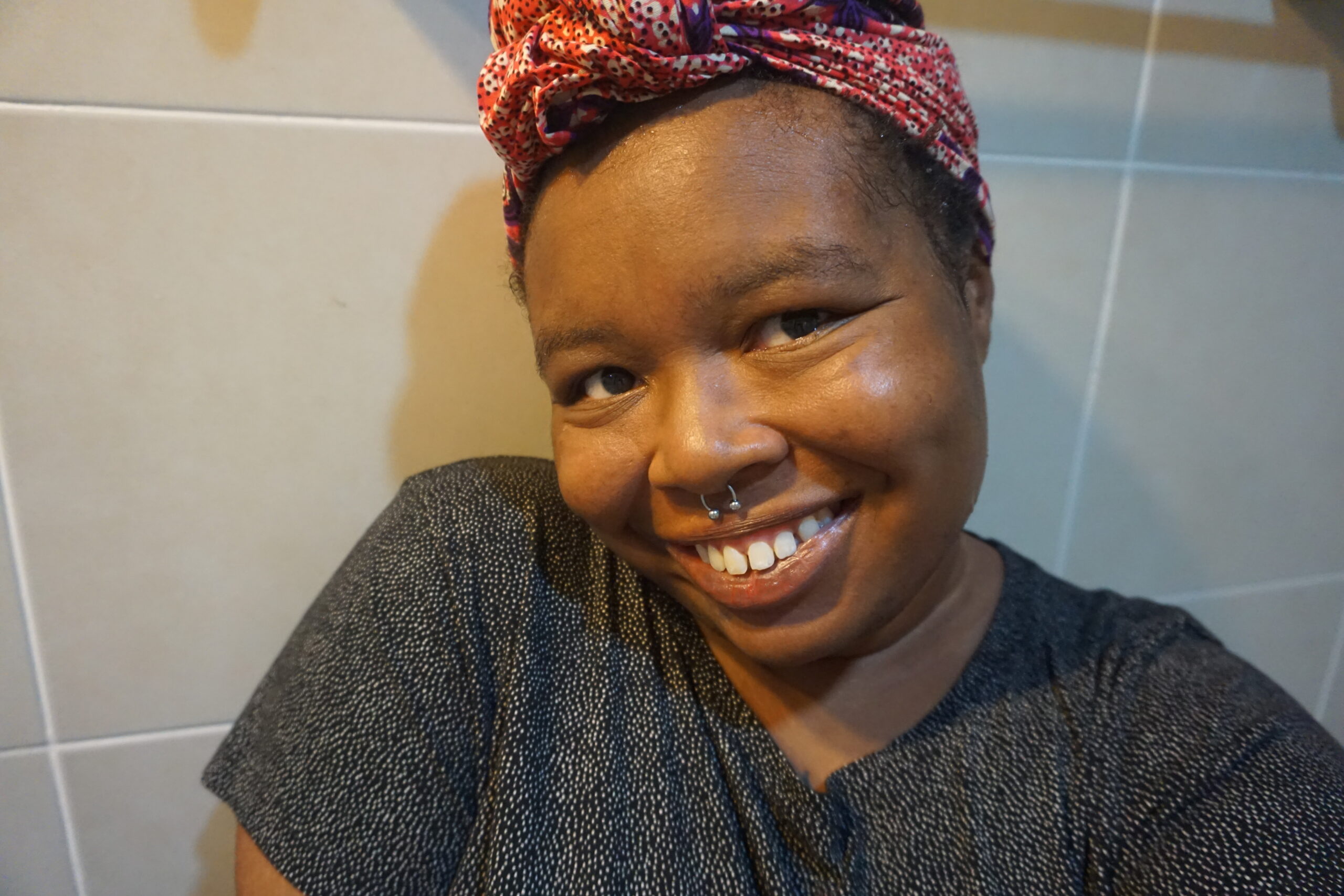
This face wash left my skin as supple and clean as any store-bought brand. The scent of lavender, an herb widely known for its calming effects, was a nice touch as well.
How Long Does It Last?
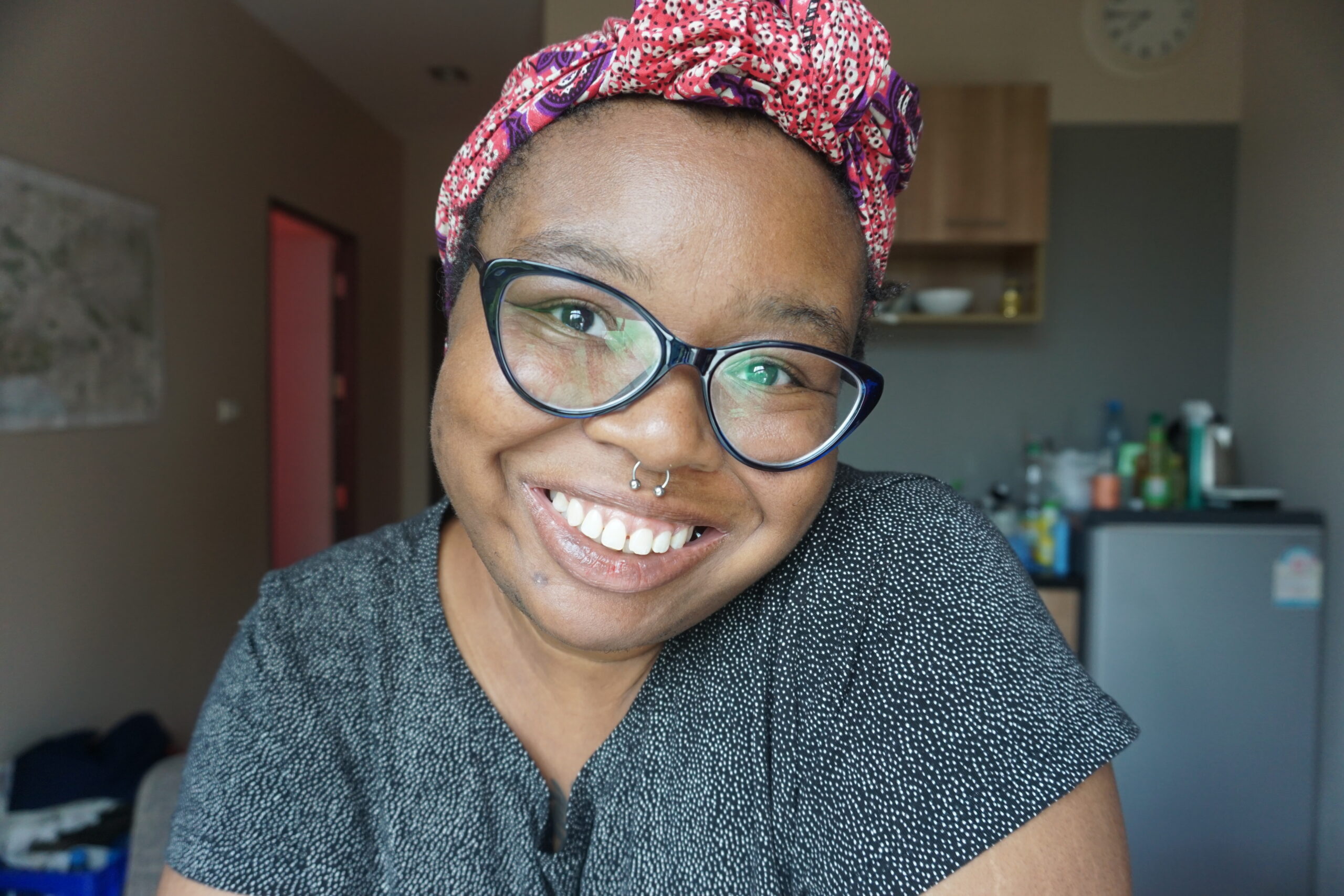
So this is where things get a tad subjective. Most online recipes for similar cleansers claim that the ingredients are “shelf-stable,” meaning they can last for a set amount of time in a nonrefrigerated space like, say, your bathroom counter. Other accounts, however, say that the addition of water to the solution might create a breeding ground for bacteria growth.
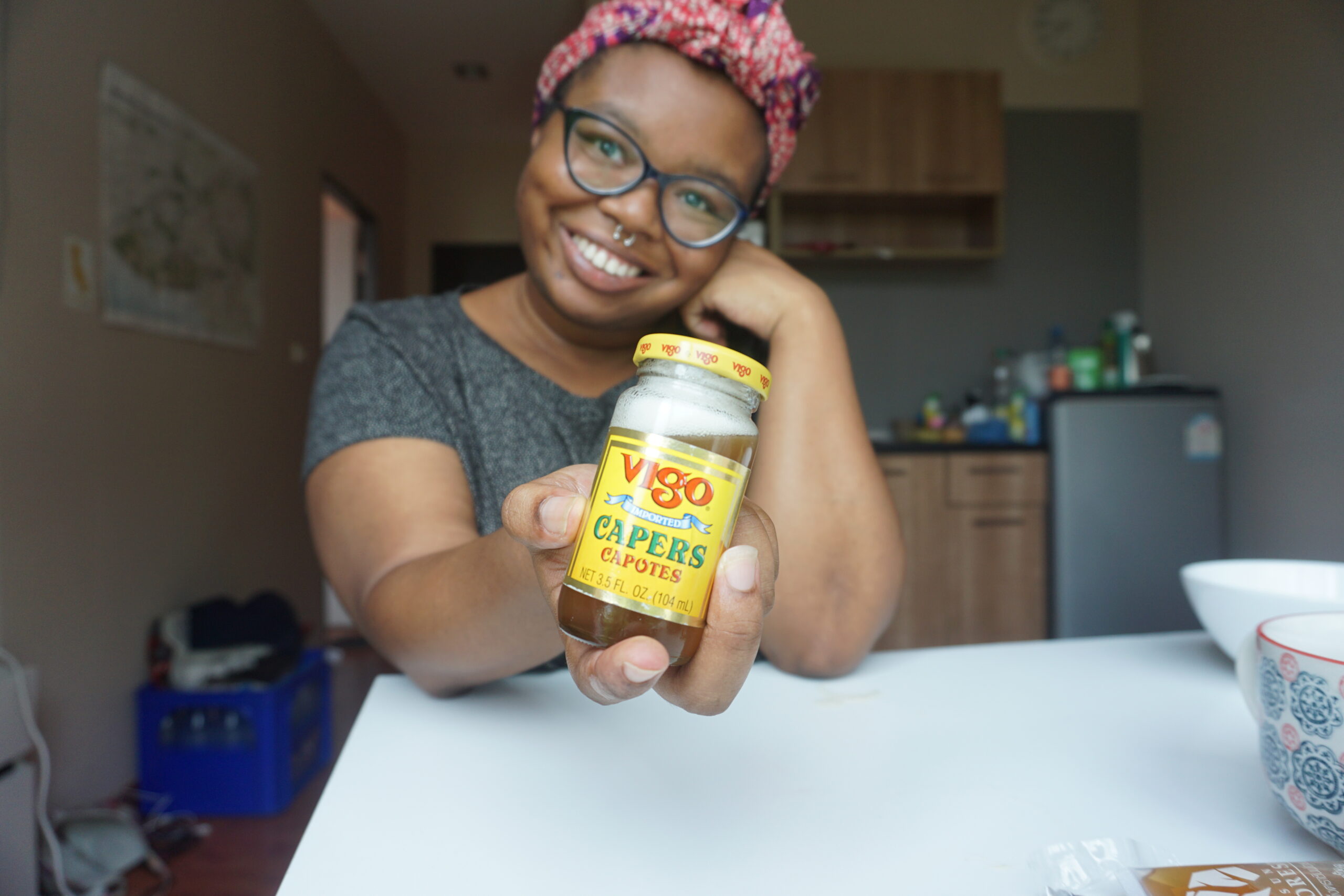
You can increase the shelf life by including a few drops of vitamin E oil, a natural preservative often found in cosmetic products. Alternatively, storing your face wash in the fridge can also help it last longer. By most accounts, though, this soap should last two to three weeks at least.


